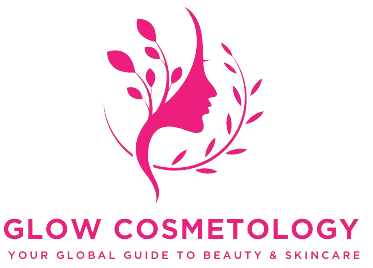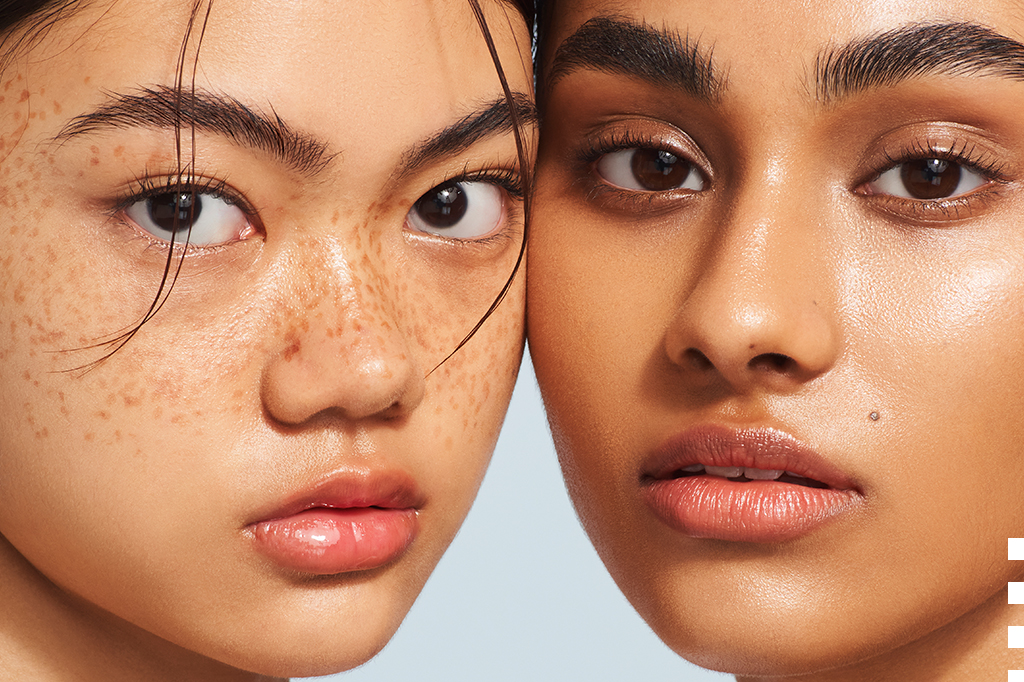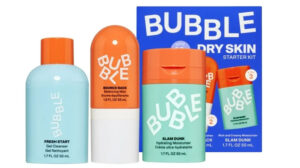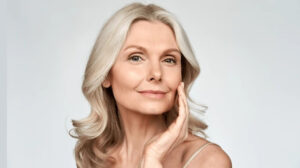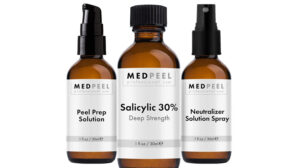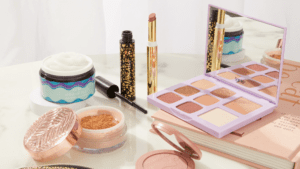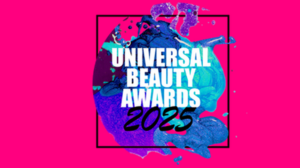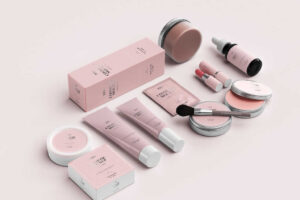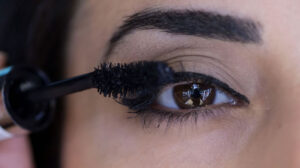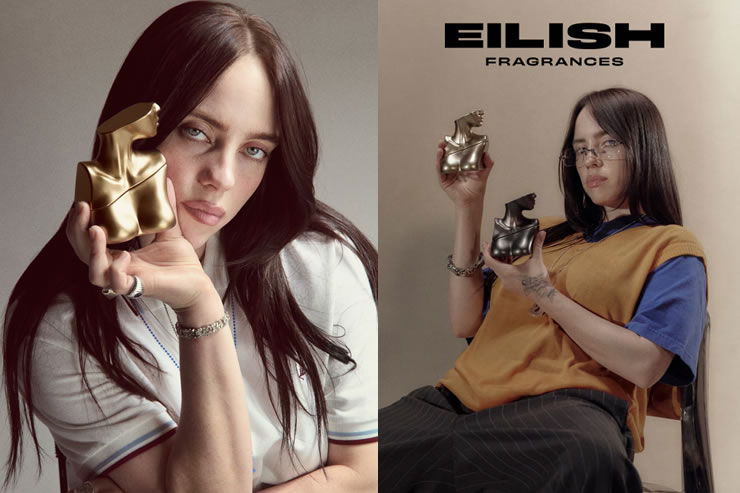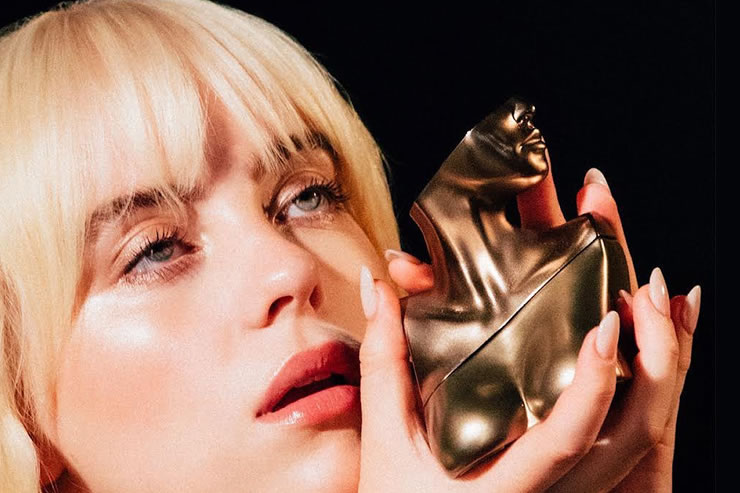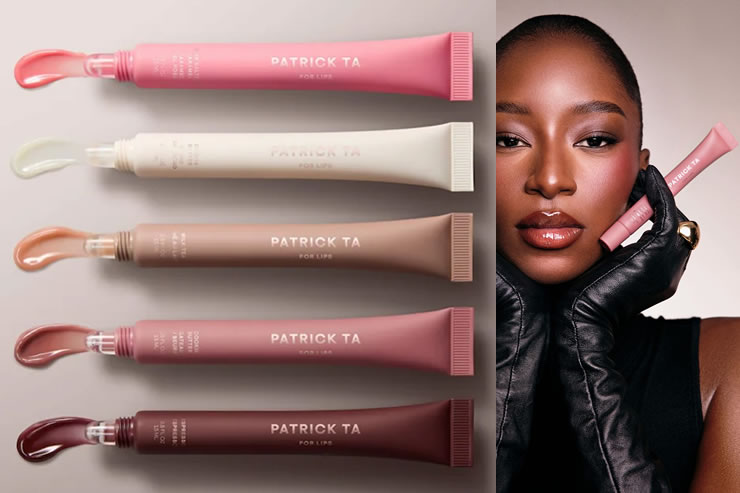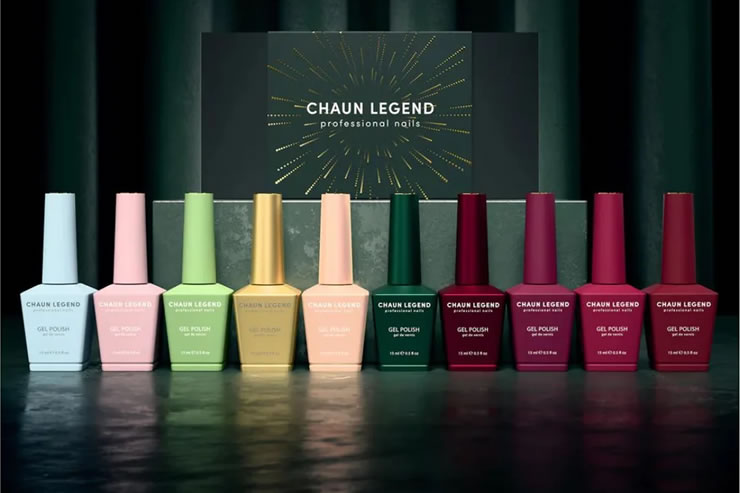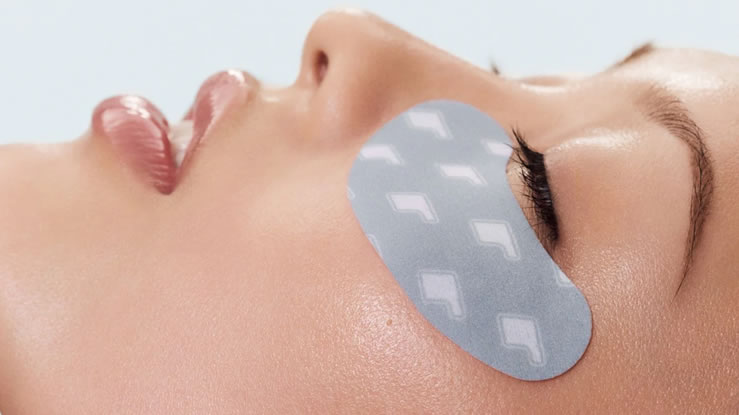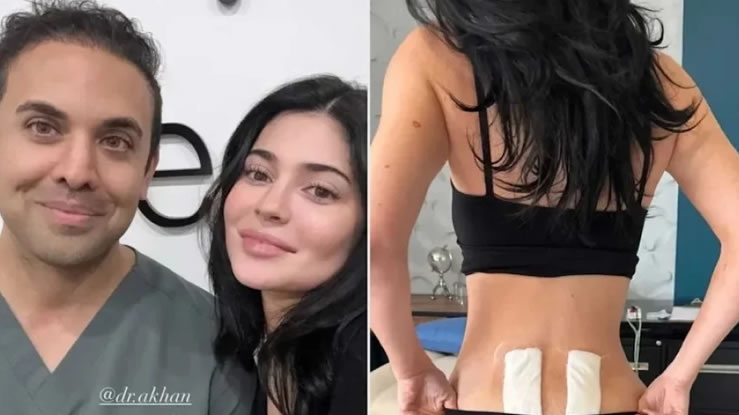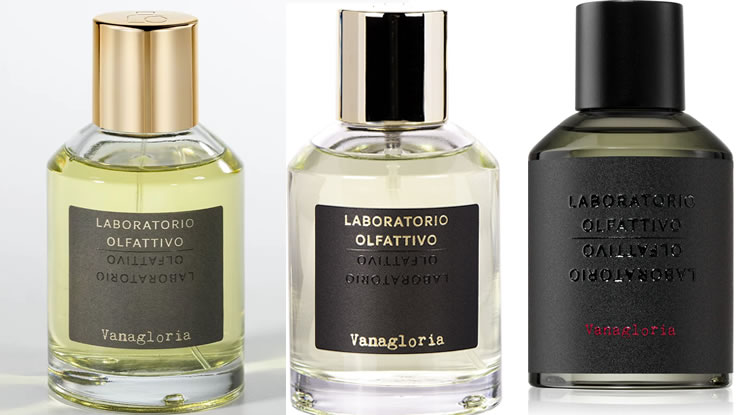Retinol is often celebrated as the gold standard for anti-aging and skin renewal. It promotes cell turnover, boosts collagen production, and helps fade dark spots. However, despite its proven benefits, retinol can be too harsh for sensitive skin types. It can cause dryness, irritation, and redness especially for first-time users or those living in humid climates. This is where Asian beauty innovations stand out. Instead of relying solely on retinol, many Asian skincare brands focus on gentler, naturally derived ingredients that offer similar results without the side effects.
The Asian Philosophy of Gentle, Consistent Care
Unlike Western beauty, which often emphasizes quick results and powerful actives, Asian skincare philosophy focuses on balance, hydration, and long-term nourishment. The goal is to strengthen the skin barrier and achieve radiance from within. Retinol alternatives commonly found in Asian skincare align perfectly with this approach effective yet soothing, gentle but transformative over time.
Common Retinol Alternatives in Asian Skincare
Bakuchiol: The Natural Retinol Alternative
Bakuchiol has become one of the most popular retinol substitutes globally, and Asian brands were among the first to adopt it. Derived from the seeds of the Psoralea corylifolia plant, bakuchiol offers similar benefits to retinol boosting collagen, improving elasticity, and reducing fine lines but without irritation. It’s suitable for all skin types, including sensitive and acne-prone skin. Korean and Japanese skincare lines have incorporated bakuchiol into serums and creams, often pairing it with niacinamide or hyaluronic acid for hydration.
Centella Asiatica: The Soothing Powerhouse
Known as Cica in skincare, Centella Asiatica is deeply rooted in traditional Asian medicine. It’s a powerful anti-inflammatory ingredient that calms irritation and accelerates healing. While it doesn’t directly replicate retinol’s exfoliating effects, it supports collagen synthesis and improves skin texture over time. Korean beauty brands like COSRX, Dr. Jart+, and Innisfree have entire Cica-based collections that help users achieve smooth, resilient skin without harshness.
Fermented Ingredients: Nature’s Gentle Renewers
Fermentation is a cornerstone of Asian skincare science. Ingredients like fermented rice, yeast, and soy are packed with amino acids, vitamins, and probiotics that encourage gentle exfoliation and skin renewal. The enzymes produced during fermentation help break down molecules, making nutrients more bioavailable. Products featuring fermented galactomyces or bifida ferment lysate (used famously in SK-II and Missha) help brighten dull skin and reduce fine lines naturally.
Green Tea Extract: The Antioxidant Warrior
Green tea has been cherished in Asian cultures for centuries, not just as a beverage but as a skincare powerhouse. Rich in catechins, especially EGCG, green tea fights free radical damage, soothes inflammation, and helps prevent premature aging. Unlike retinol, which exfoliates, green tea works by protecting and strengthening the skin barrier, ensuring long-term youthfulness.
Rice Bran and Rice Water: The Age-Old Brighteners
Rice-based skincare remains a signature of J-beauty and K-beauty. Rice bran oil and rice water are known for their gentle brightening and nourishing properties. They are rich in antioxidants, vitamin E, and ferulic acid compounds that enhance radiance and elasticity. For centuries, Japanese women have used rice rinses to maintain smooth, porcelain-like skin, a tradition that modern skincare brands continue today.
Ginseng Extract: The Energy Booster for Skin
In Korean skincare, ginseng is revered for its rejuvenating effects. It increases circulation, supports collagen production, and revives tired skin. Regular use improves firmness and radiance, making it a functional alternative to retinol’s anti-aging benefits without causing irritation.
Licorice Root Extract: The Natural Brightener
Licorice root extract is another popular ingredient in Asian formulations. It helps reduce hyperpigmentation, fade acne scars, and soothe redness. While it doesn’t exfoliate like retinol, it balances uneven tone and creates a healthy glow.
Snail Mucin: Nature’s Repair Elixir
Snail mucin, a hallmark of K-beauty innovation, is famous for its regenerative properties. It contains glycoproteins, hyaluronic acid, and peptides that repair skin damage, smooth texture, and lock in hydration. This makes it an excellent alternative for those who want to target fine lines and dullness without peeling or dryness.
Retinol vs. Asian Alternatives: The Key Differences
Retinol is synthetic and works by speeding up cell turnover. This can be effective but sometimes aggressive. Asian skincare alternatives, on the other hand, work through nourishment, repair, and protection. Instead of pushing the skin to renew faster, they support the skin’s natural rhythm, making them safer for daily use and long-term results.
Why Many Asians Avoid Strong Retinoids
Several factors contribute to the lower reliance on retinol in Asia. First, many Asian consumers prioritize prevention over correction meaning they start gentle skincare routines early. Second, humid climates make strong exfoliants uncomfortable, as they can destabilize the moisture barrier. Finally, cultural beauty ideals in Asia often favor dewy, hydrated, and balanced skin rather than the matte finish associated with Western-style exfoliation.
The Rise of Barrier-Repair Skincare in Asia
In 2025, barrier repair remains one of the biggest trends in Asian beauty. Ingredients like ceramides, panthenol, and squalane have replaced harsh exfoliants. Instead of chasing quick results, skincare routines emphasize long-term barrier strength. This evolution explains why alternatives to retinol are flourishing they align with the movement toward skin health and protection.
The Gentle Layering Approach
Asian skincare routines often involve multiple layers toners, essences, serums, and moisturizers each delivering hydration and nutrients without overwhelming the skin. In such routines, potent ingredients like retinol might be too strong, so gentler actives like peptides, green tea, and fermented extracts are preferred. This layered approach creates lasting radiance through balance rather than aggression.
Modern Asian Alternatives Emerging in 2025
New research in Asian skincare is unveiling bio-retinol ingredients natural compounds that mimic retinol’s benefits at a molecular level. Some brands now use Bidens pilosa extract or Rambutan peel extract, both proven to stimulate collagen safely. Additionally, peptide-based formulas and retinoid esters like retinyl palmitate are gaining traction as low-irritation anti-aging solutions.
Notable Brands Leading the Retinol Alternative Trend
Several Asian beauty brands have made waves by pioneering retinol-free anti-aging lines.
-
Sulwhasoo: Uses red ginseng saponins and herbal complexes to firm and rejuvenate.
-
Tatcha: Features fermented rice and green tea antioxidants in its hydrating serums.
-
Laneige: Combines peptides and plant-derived extracts to promote elasticity.
-
Dr. Jart+: Focuses on Cica-based formulas to repair the barrier and soothe inflammation.
-
SK-II: Known for Pitera™, a fermented yeast extract that encourages cell renewal.
These brands prove that anti-aging can be achieved through harmony, not harshness.
How to Transition from Retinol to Asian Alternatives
If your skin struggles with traditional retinol, consider easing into these gentler alternatives. Start by introducing bakuchiol or Cica-based serums every night. Follow up with hydrating toners and ceramide creams to reinforce your barrier. After two weeks, your skin will appear calmer, plumper, and more luminous. Consistency matters more than strength that’s the essence of the Asian beauty approach.
Combining Retinol and Asian Ingredients
Interestingly, you don’t have to choose one over the other. Many dermatologists now recommend alternating nights between retinol and soothing Asian actives. For instance, use retinol one night and Cica or snail mucin the next. This method prevents irritation while maintaining results. Layering bakuchiol under retinol is also effective, as it reduces inflammation and enhances overall efficacy.
The Future of Anti-Aging in Asian Beauty
As global beauty trends shift toward mindful skincare, Asian brands are leading the movement. The future lies in biocompatible ingredients plant extracts, fermented botanicals, and probiotic blends that harmonize with the skin’s natural ecosystem. These innovations reflect a deeper understanding: that beauty thrives in balance, not intensity.
Retinol may be powerful, but it’s not the only path to youthful skin. In Asia, skincare is about respect for the skin’s rhythm not forcing it, but nurturing it. Ingredients like bakuchiol, Centella Asiatica, and fermented extracts offer remarkable results while keeping the skin calm, hydrated, and radiant. The next generation of skincare will likely blend both worlds: Western science and Eastern gentleness. But until then, Asian retinol alternatives remind us that glowing skin is not achieved through aggression it’s cultivated through care, patience, and harmony.
